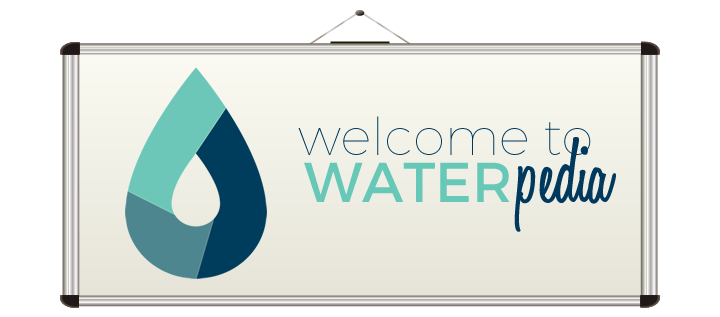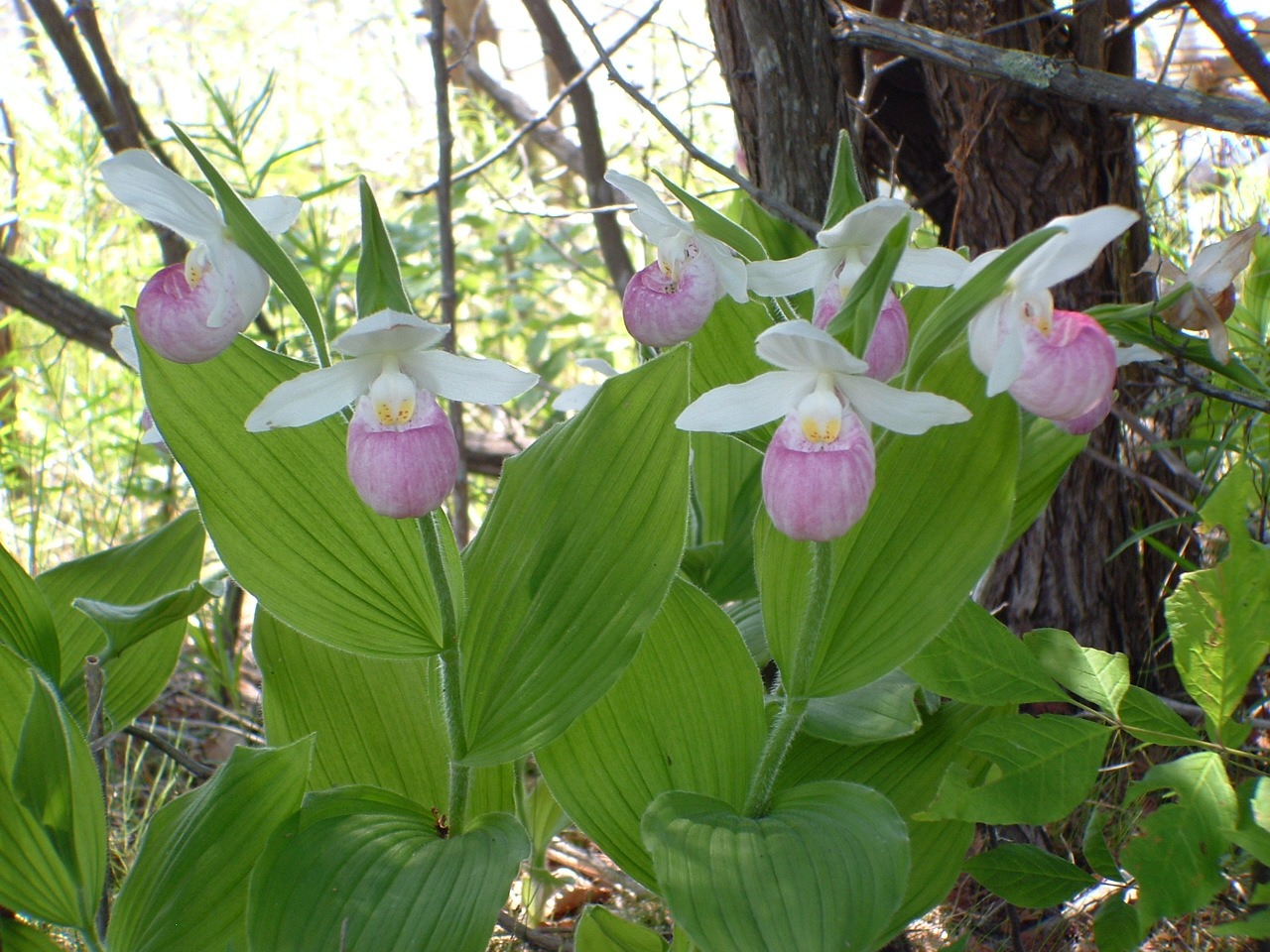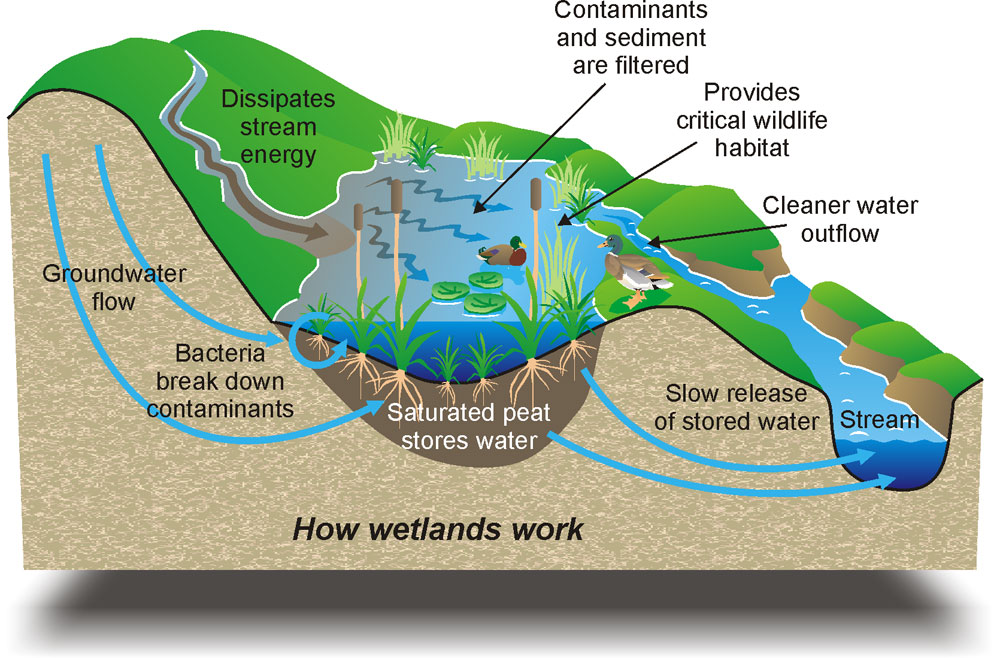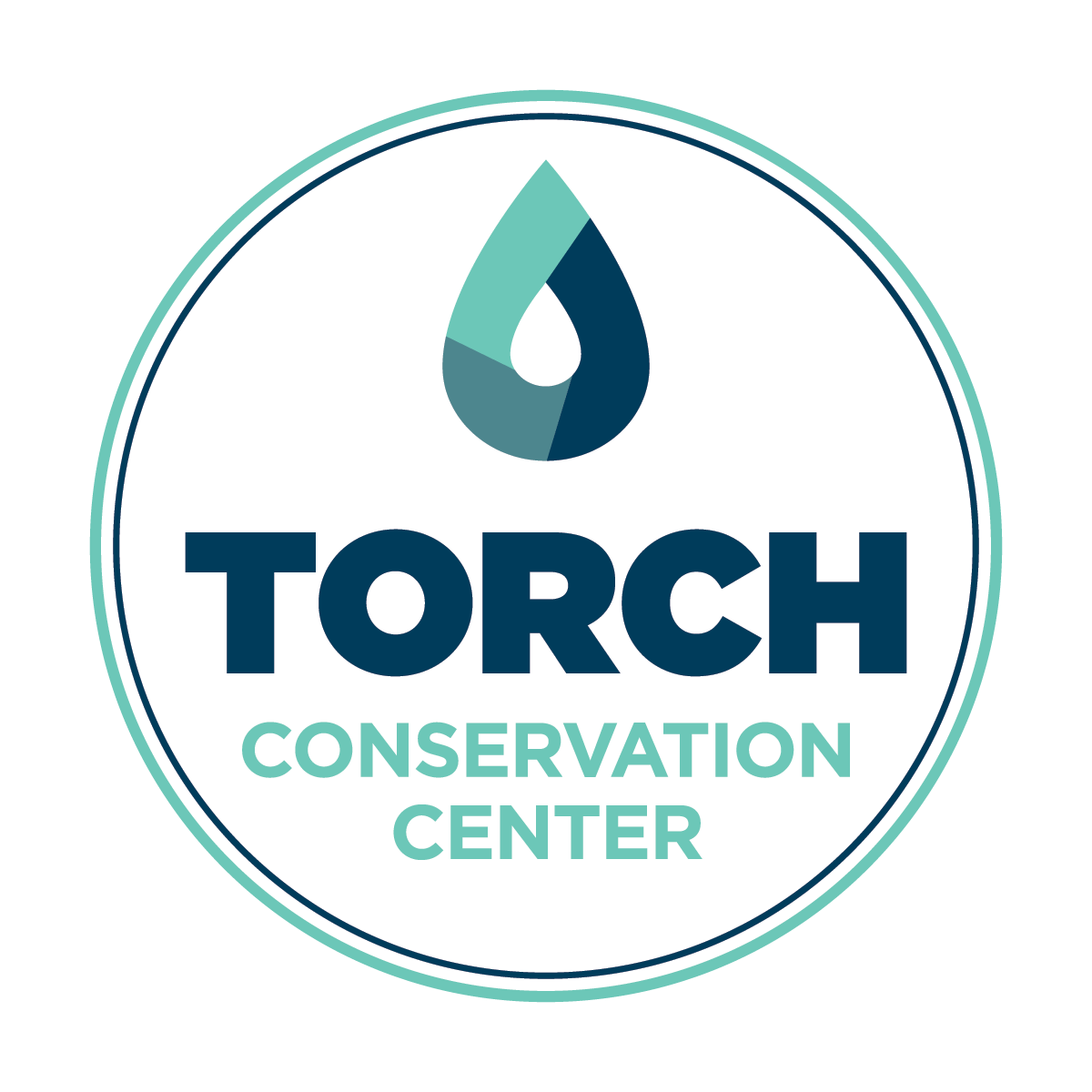
Wetlands
Wetlands are almost extinct in the Torch Lake Watershed. Only remnants remain.
Key Facts
-
Wetlands are transitional areas between land and water. They catch stormwater and recharge groundwater. They’re natural filters: trapping sediments, removing nutrients, and decontaminating toxins.
Wetlands come in many forms:
- Kettle lakes – large depressions filled with water, like Lake Maplehurst and Thayer Lake
- Shoreline wetlands – swamps along streams and the lake
- Perched wetlands – smaller depressions found in the terraces above the lake
- Headwaters – depressions where streams begin, found uphill from the lake
- Less than 1% of the Torch Lake Watershed’s land area contains wetlands — about 622 acres.
- Good examples of wetlands in the Torch Lake Watershed can be seen in the low lying cedar swamp just north of Alden between Cedar Road and Elder Road and the fen north of Kewadin at the intersection of Hjelte Road and West Torch Lake Drive.

How Wetlands Work

Image: USGS
Wetlands are not wastelands. Wetlands serve as important habitats for wildlife. They provide resting, feeding, breeding and nesting areas for creatures who share our watershed: ducks, geese, woodpeckers, hawks, eagles, wading birds, song birds, amphibians and a lot of the really neat furry creatures — deer, raccoons, otters, mink, muskrats and bobcats!
Did you know?
- During the 1950s and 1960s, many shoreline wetlands were filled to provide building sites for cottages, beaches and manicured green lawns. In the 1970s, the State of Michigan and Forest Home Township enacted laws and ordinances to protect wetlands. But property owners still cut down trees to “dry out” their wetlands, without realizing that often underground springs will still provide water to this area.
- Many of the wetlands in the Torch Lake Watershed are perched on ancient lakeshores. They stay wet year round, because a clay layer holds the water at higher elevations above the lake.
- When wetlands are destroyed or compromised, stormwater becomes runoff that hasn’t been filtered. Sediments, nutrients and toxins that should be removed from the runoff by the wetland, end up in the streams that feed Torch Lake and the water quality is affected.
Show
You Care
We know you want to enjoy the lake for many years (and generations) to come. So, we’ve put together a list of simple steps you can take to reduce the nutrients, sediments and toxins flowing into the lake and its streams.
Cherish and maintain wetlands on your property.
Every bit of wetland does make a different to our water quality and the diversity of plant and animal life in our watershed.
Eliminate invasive species.
Learn to identify invasive species in your wetlands: purple loosestrife, narrow leaf cattail and phragmites.
Remove them.
Use the safest method to remove each species.
Dig them up by the roots before the flowers go to seed. Place in a plastic bag and put in your trash not in your compost or leaf pile.
WATERpedia: the “One-Stop Shop” for Water Science A-Z
A-E
F-M
N-S
T-Z
Don't just wish that Torch Lake will stay blue.
Choose a water-friendly lifestyle - make a difference!
